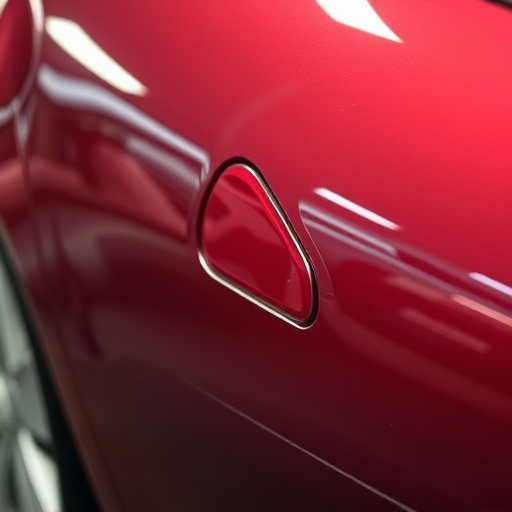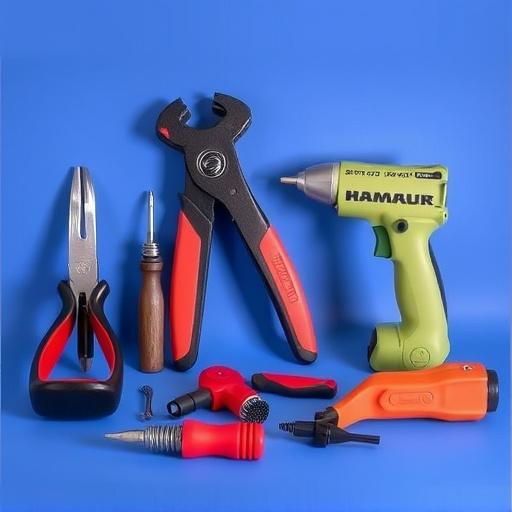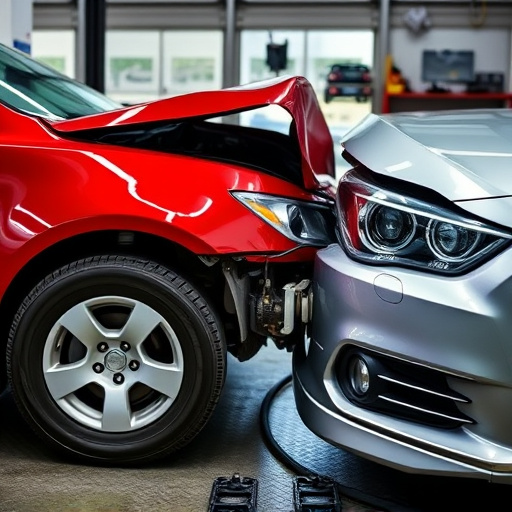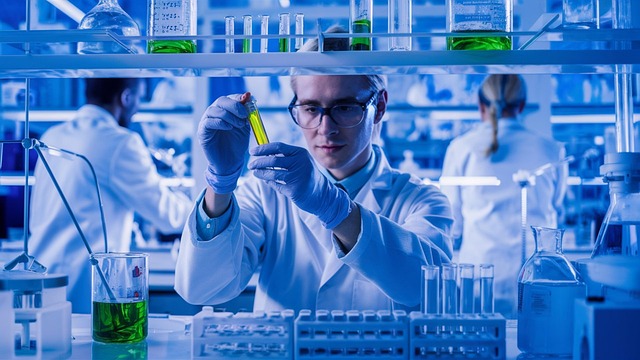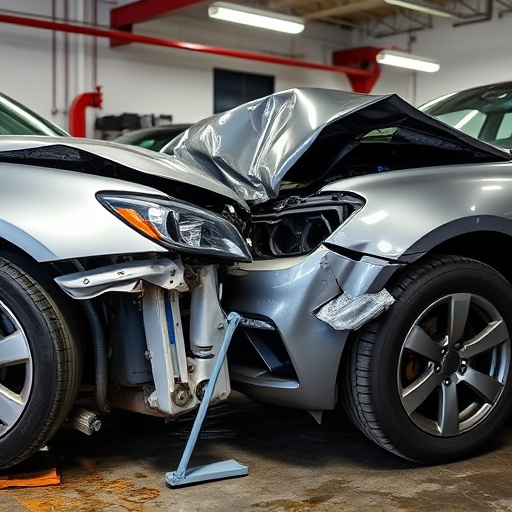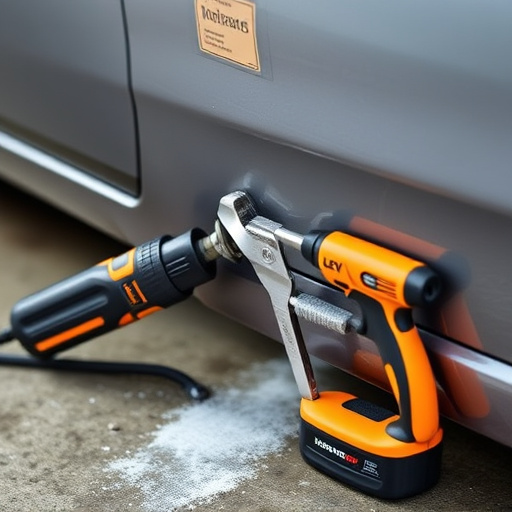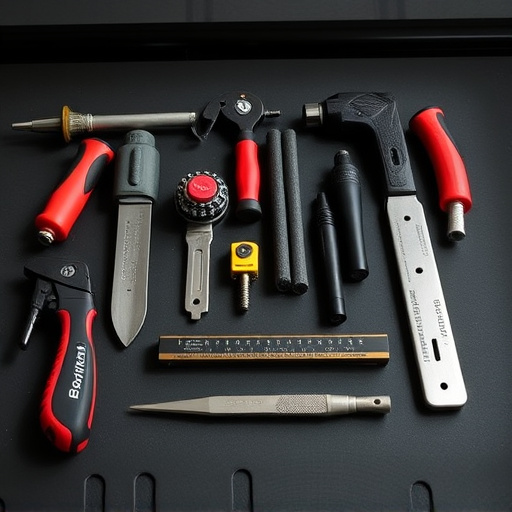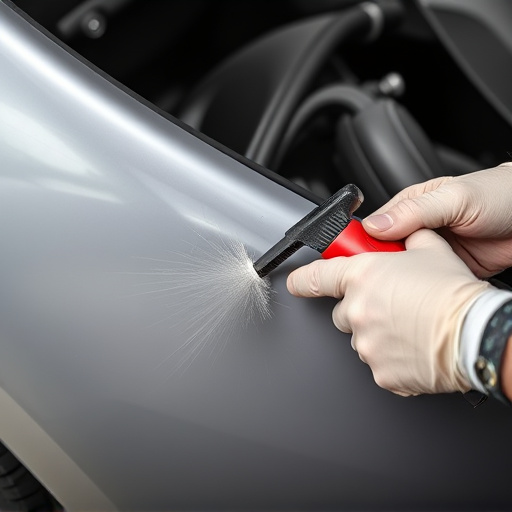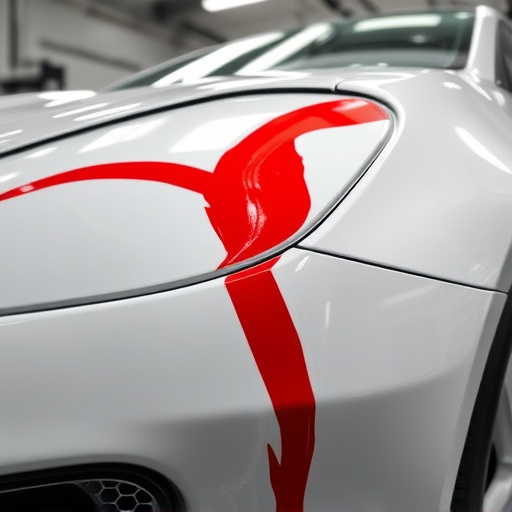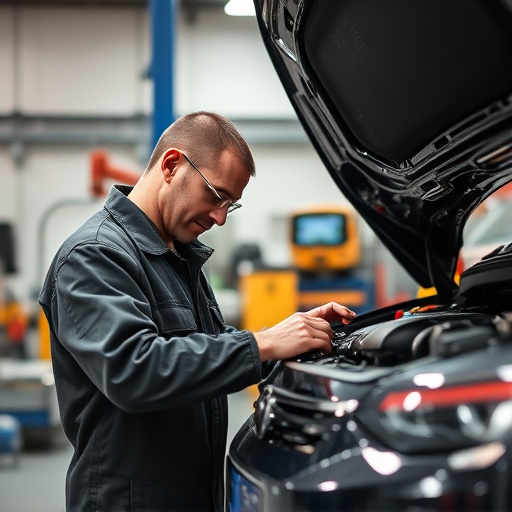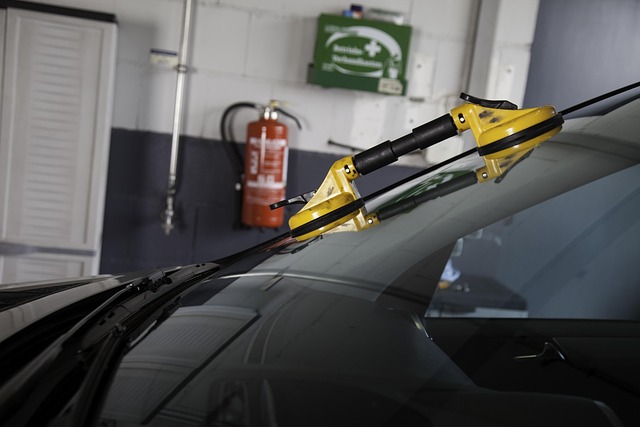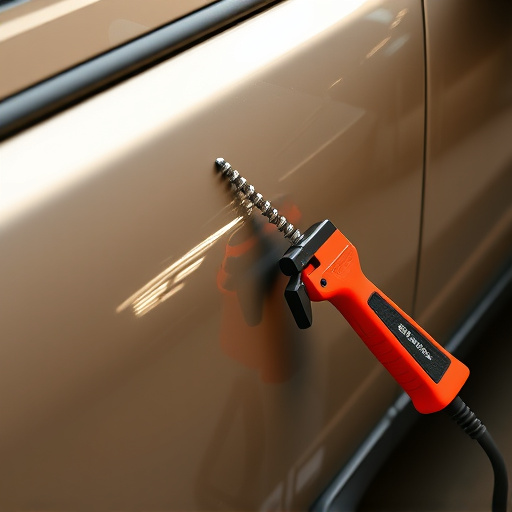Water-based paint collision repair revolutionizes the automotive industry with its eco-friendly approach, reducing volatile organic compounds (VOCs). This technology offers versatile application, superior adhesion, and fast drying times for efficient auto glass repair and bodywork restoration. By minimizing toxic fumes and pollution, it provides a safer alternative to traditional solvent-based paints, catering to environmental demands in collision repair.
In the realm of automotive repair, choosing the right method for paintwork can significantly impact efficiency and environmental sustainability. This article delves into the innovative world of water-based paint collision repair, offering a modern alternative to traditional solvent-based methods. We explore the evolving technology behind water-based paints, highlighting its advantages in terms of reduced emissions, faster drying times, and improved safety. Additionally, we compare these advancements with conventional solvent processes, providing a comprehensive guide for bodyshops considering eco-friendly solutions.
- Understanding Water-Based Paint Technology
- Advantages of Water-Based Collision Repair
- Traditional Solvent Methods: What's Involved?
Understanding Water-Based Paint Technology
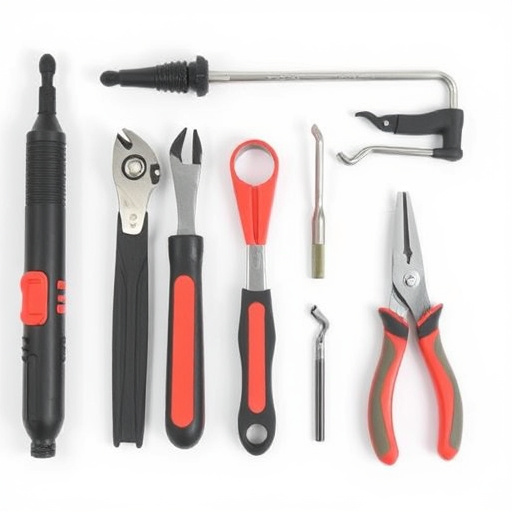
Water-based paint technology has emerged as a revolutionary approach in the automotive industry, particularly for collision repairs. Unlike traditional solvent-based methods that rely on toxic chemicals, water-based paints offer a safer and more environmentally friendly alternative. This modern paint composition consists of suspended solid particles mixed in an aqueous medium, typically water. The key advantage lies in its low volatile organic compound (VOC) content, making it less harmful to both the repair technicians and the environment.
In the context of auto glass repair and car bodywork restoration, water-based paints provide several benefits. They are highly versatile, allowing for easy application on various surfaces, including metal, plastic, and certain types of glass. Moreover, these paints offer excellent adhesion, ensuring long-lasting results in car dent repair processes. Their fast drying time and ease of cleanup make the entire collision repair process more efficient and cost-effective, contributing to a smoother recovery experience for vehicle owners.
Advantages of Water-Based Collision Repair
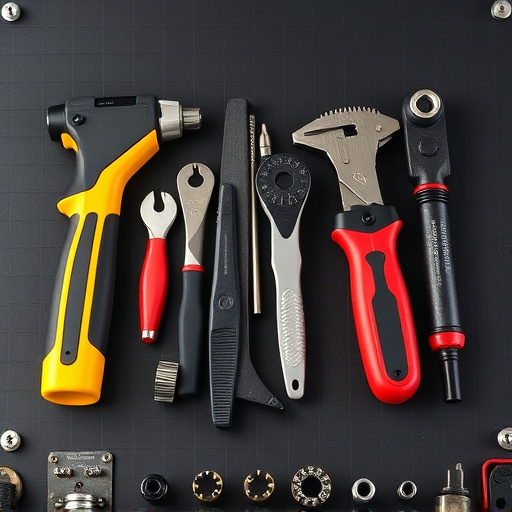
Water-based paint collision repair offers several advantages over traditional solvent-based methods, making it an increasingly popular choice among automotive repair shops and car enthusiasts alike. One of the key benefits is its environmental friendliness. Water-based paints contain fewer volatile organic compounds (VOCs), which means reduced emissions during application and a lower impact on air quality. This eco-conscious approach not only contributes to better air health but also aligns with the growing demand for sustainable auto repair services.
Additionally, water-based paint collision repair is known for its superior coverage and fast drying time. These paints are highly pigmented, ensuring minimal dips and spots during application, resulting in a more even finish. The quick drying time allows for faster turnaround of repair work, which can be particularly beneficial for customers seeking efficient auto repair solutions without compromising on quality.
Traditional Solvent Methods: What's Involved?
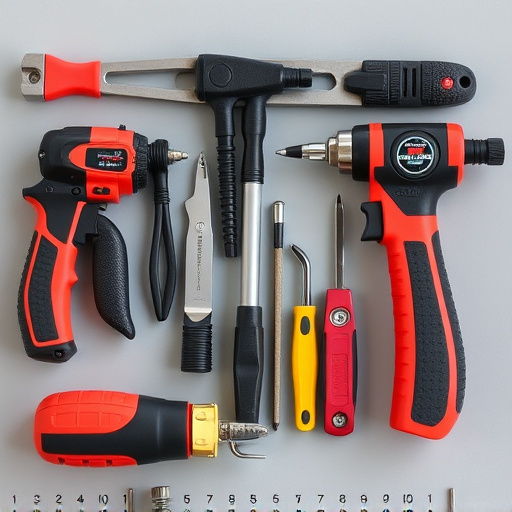
Traditional solvent methods for water-based paint collision repair involve the use of chemical solvents to strip, clean, and prepare the damaged area before repainting. This process typically includes several steps: first, removing any loose debris and contaminants from the affected panel, then applying a solvent to dissolve the existing paint and undercoat. The solvent helps to create a clean surface for the new paint to adhere to, ensuring a smooth and long-lasting finish.
During auto maintenance, especially after hail damage repair, solvents like acetone or mineral spirits are commonly used due to their effectiveness in breaking down and removing cured enamel and primer. However, these methods can be hazardous, requiring proper ventilation and safety gear, as solvents can emit toxic fumes and cause skin and respiratory irritation. They also contribute to environmental pollution, which is a growing concern in the car collision repair industry.
In the realm of automotive collision repair, embracing innovative solutions like water-based paint technology offers a multitude of benefits. This modern approach not only enhances environmental sustainability by reducing solvent exposure and waste but also provides superior durability and faster drying times compared to traditional solvent-based methods. For a cleaner, more efficient repair process, water-based paint collision repair stands out as a game-changer, ensuring vehicles return to the road with both aesthetic appeal and long-lasting performance.
